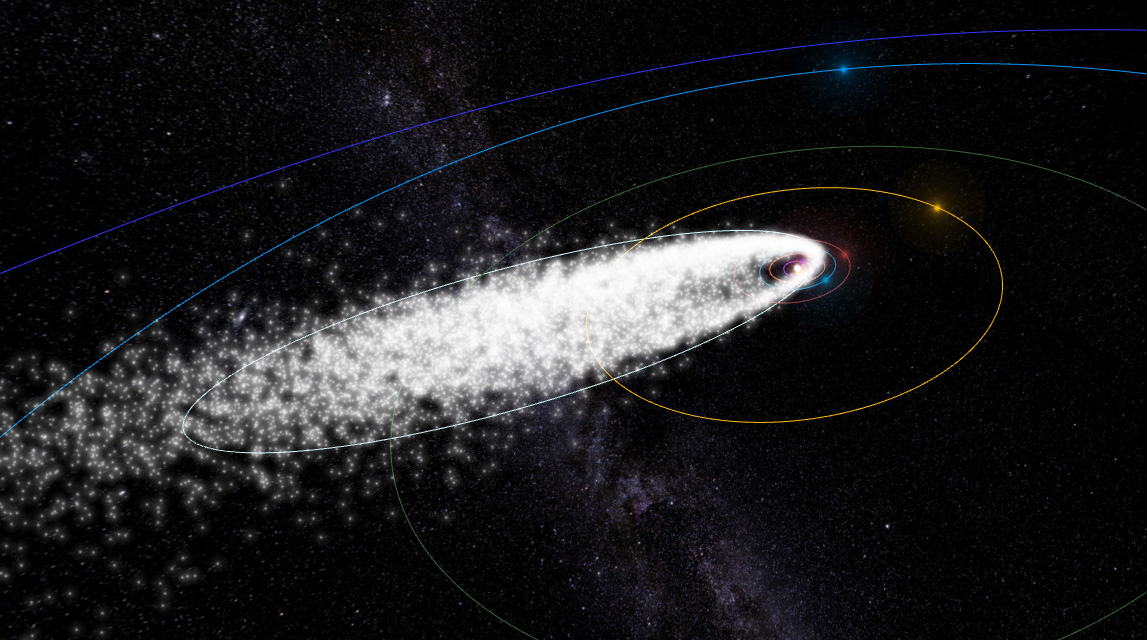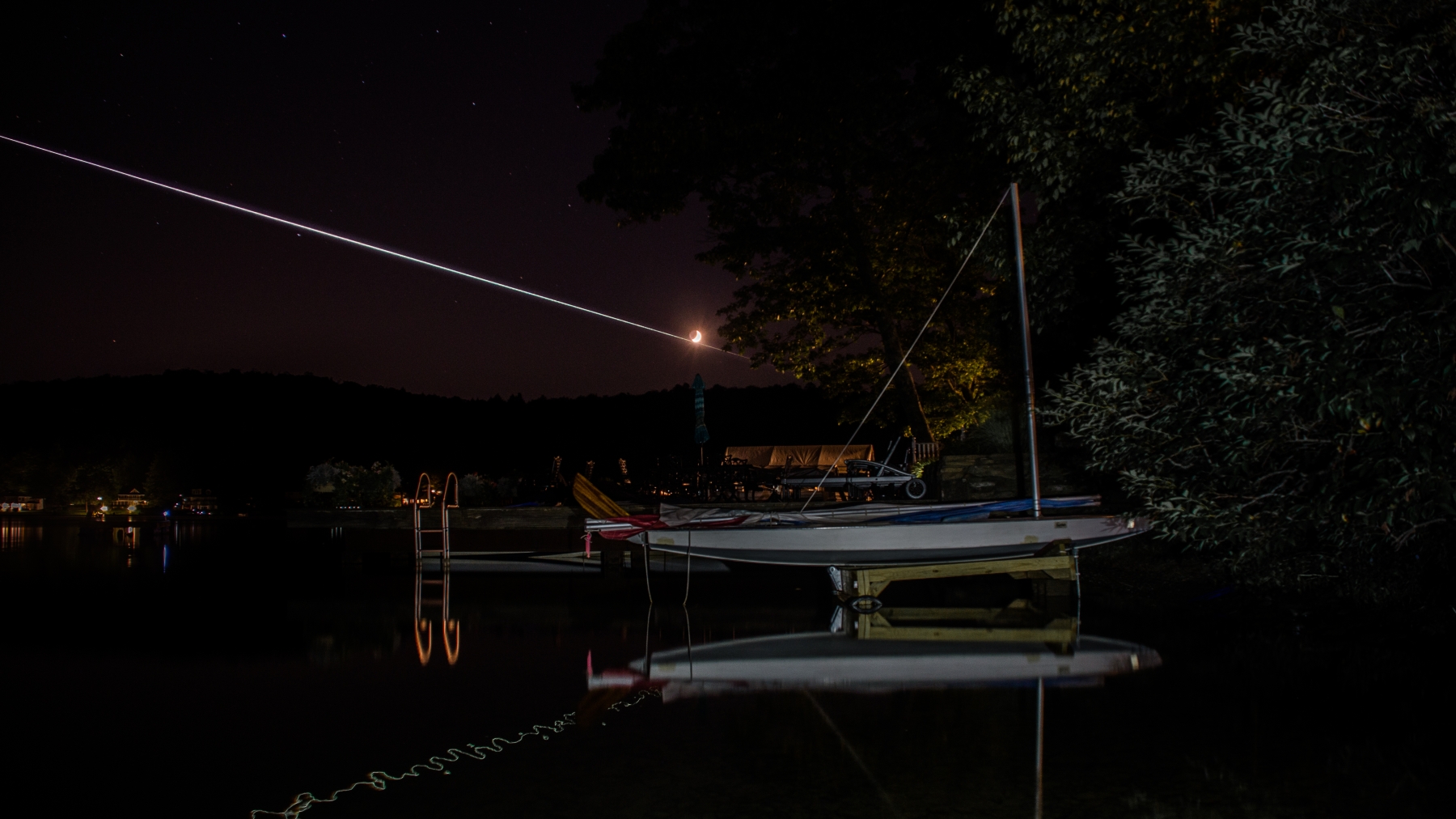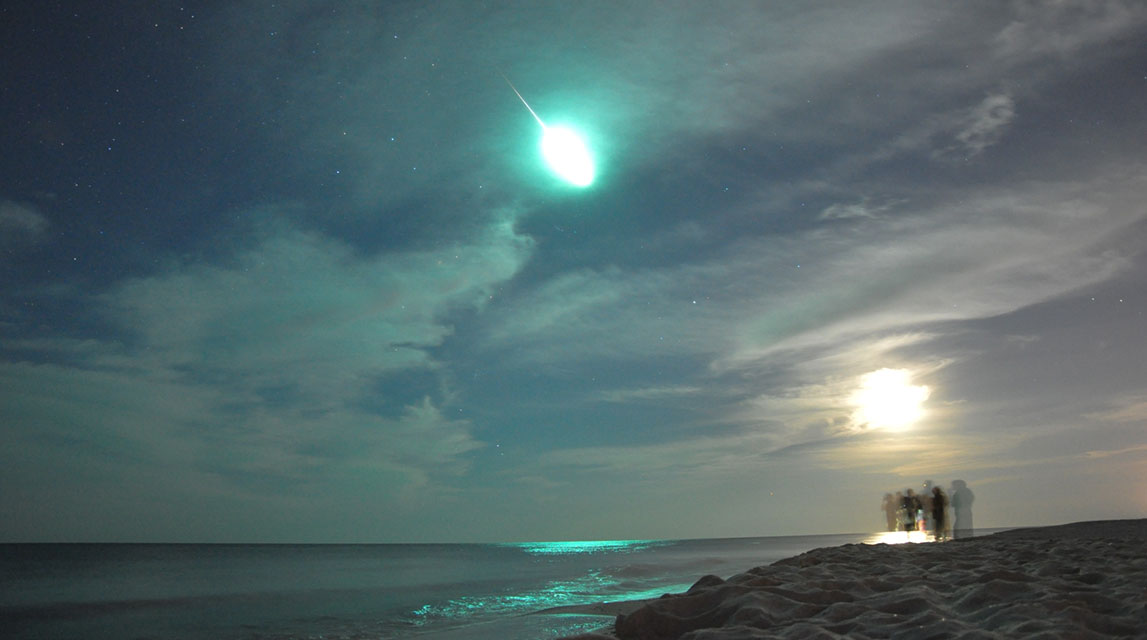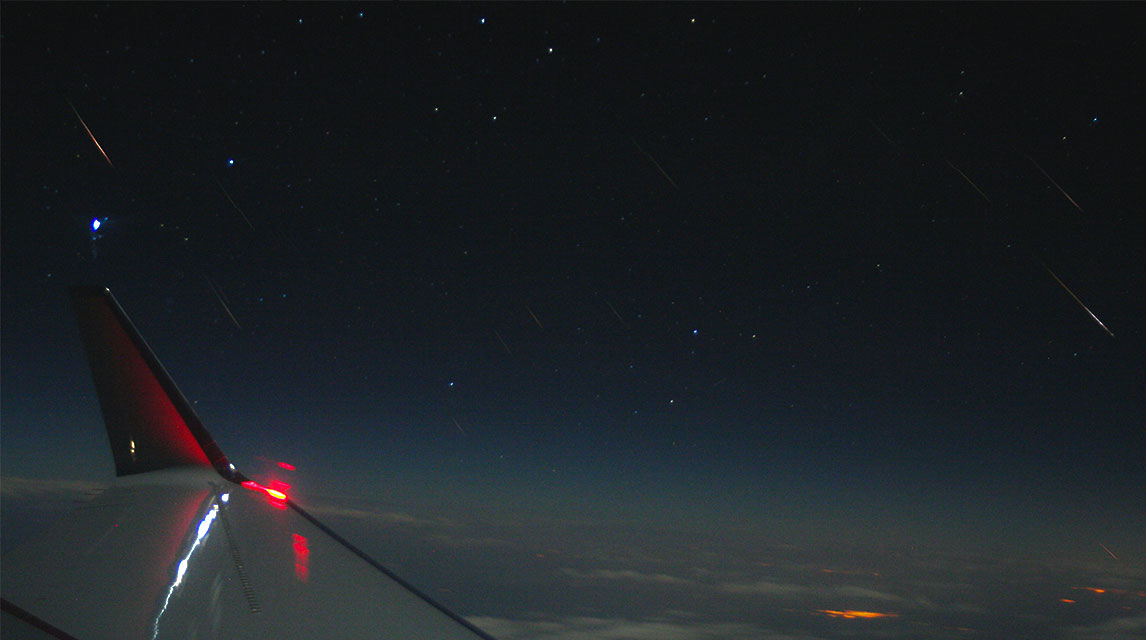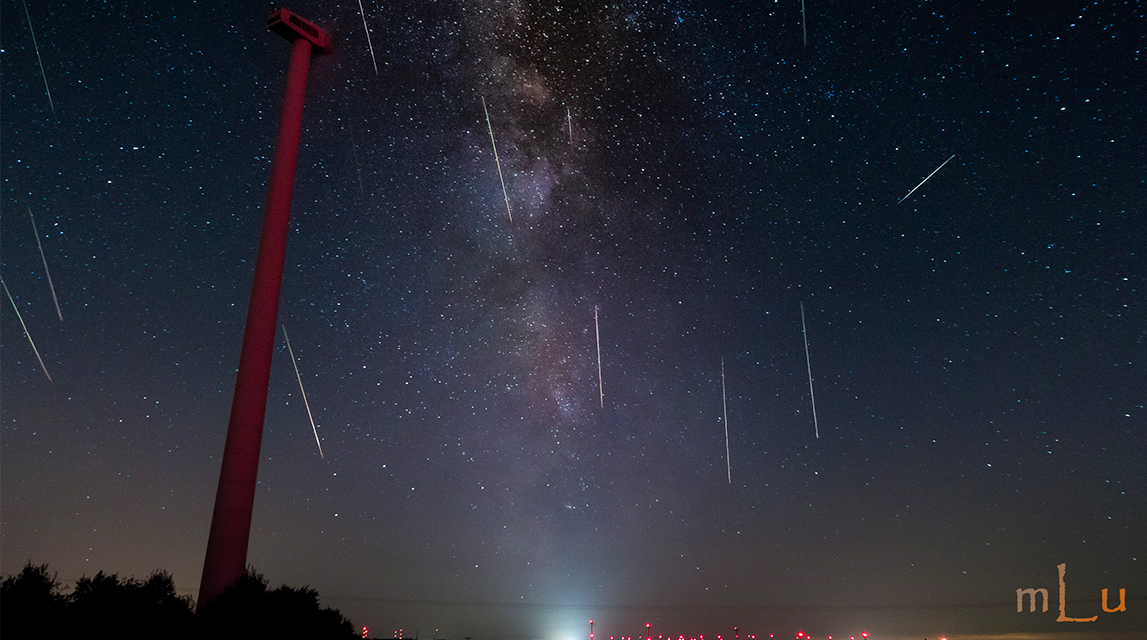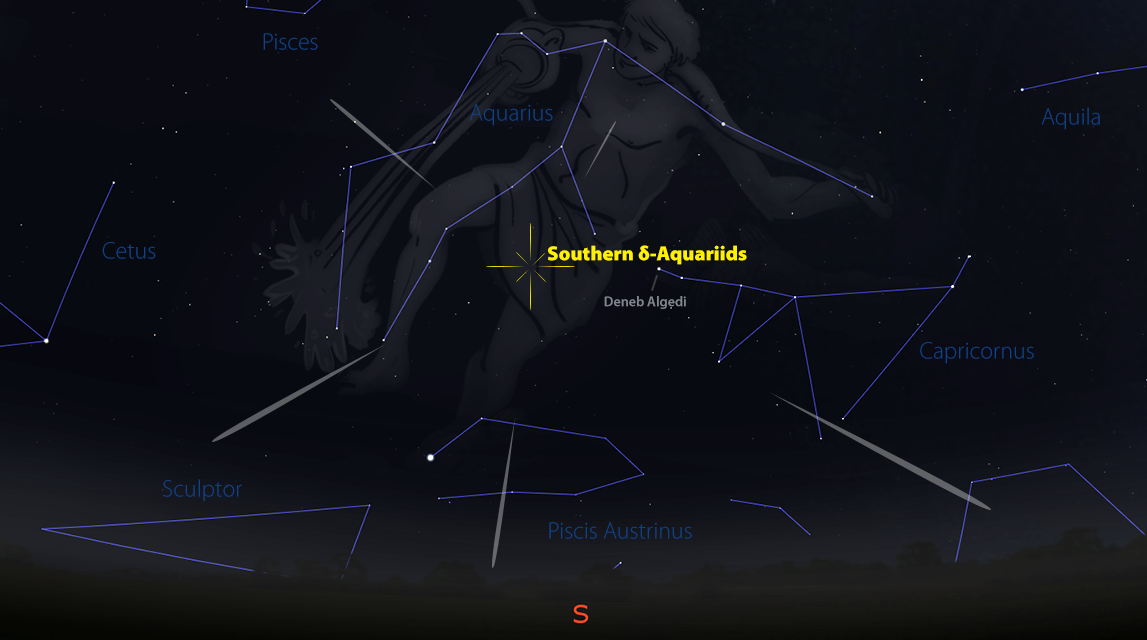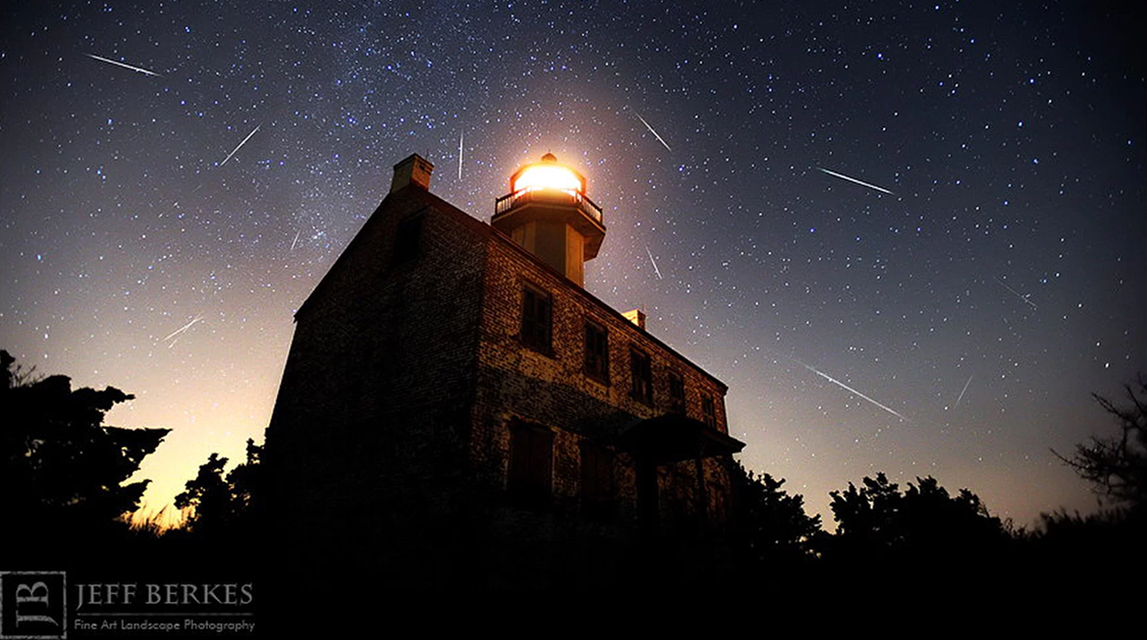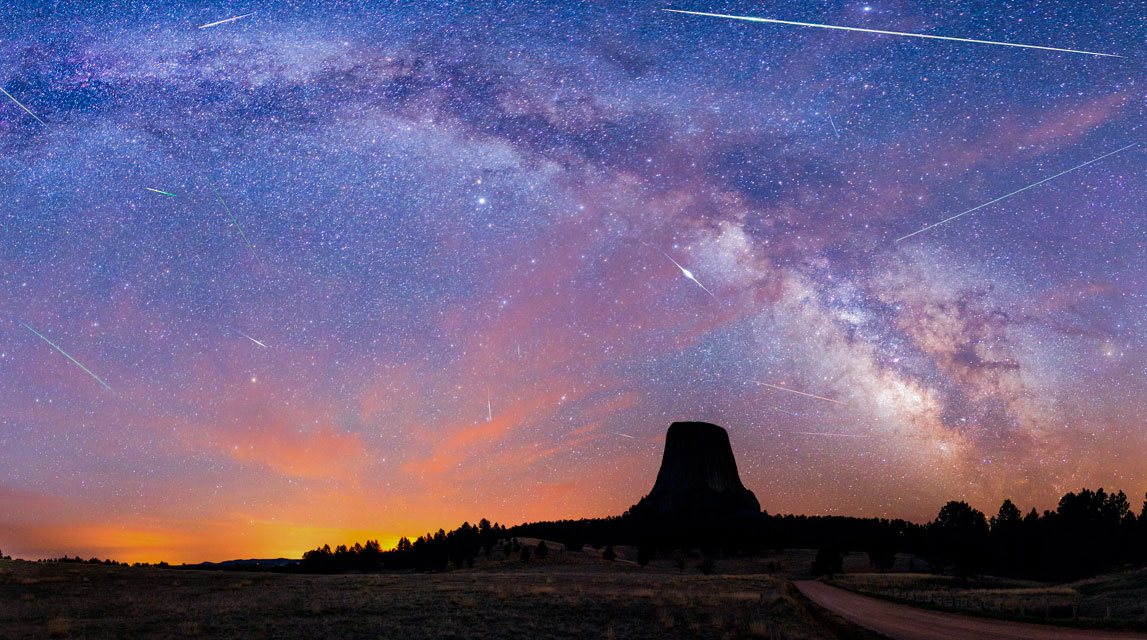
Meteor Activity Outlook for October 21-27, 2017
During this period the moon will reach its first quarter phase on Friday October 27th. At this time the moon will be located 90 degrees east of the sun and will set near midnight local daylight saving time (LDT) for observers viewing from mid-northern latitudes. This weekend the waxing crescent moon will set shortly after dusk and will not interfere with meteor observing...
 American Meteor Society
American Meteor Society
